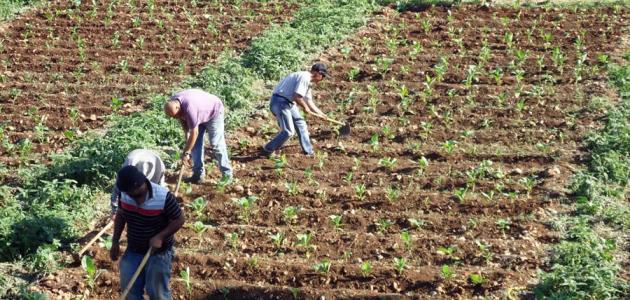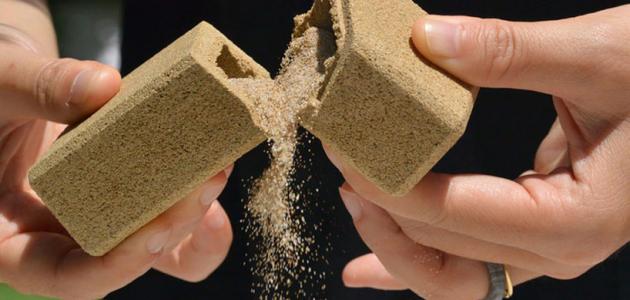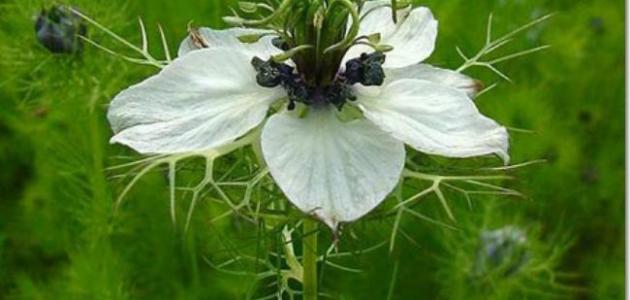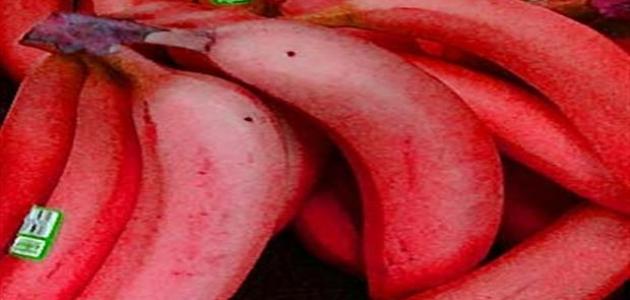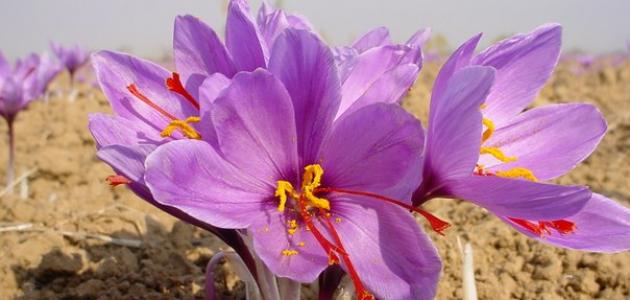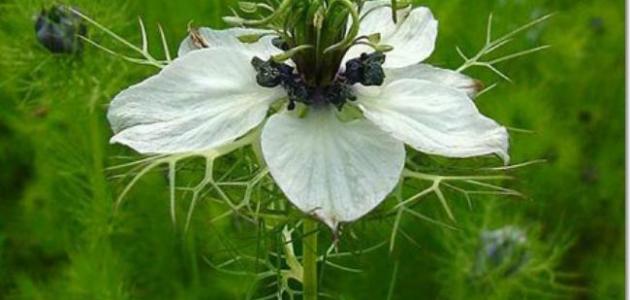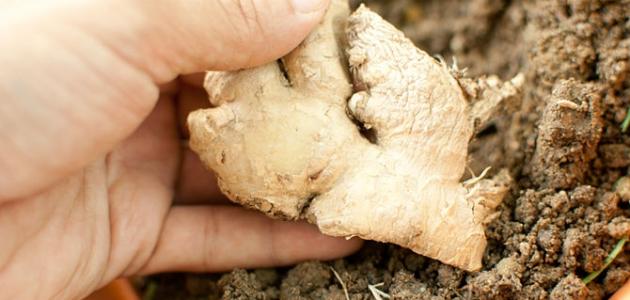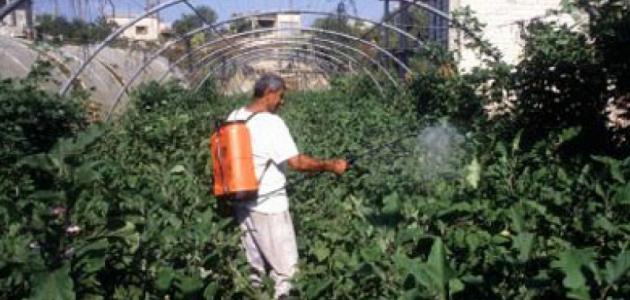Agriculture
Agriculture is one of the important sciences in plant and animal production processes that are necessary for continuous human consumption, as the agricultural sector forms the basis of food supply in the world, and climatic conditions may pose costly challenges to farmers and food security, and technology is of high importance in achieving production and desired profit.
cultivation stages
Agriculture management is an important matter, as the farmer takes several things into consideration, and he needs to understand the basic stages of plant production, the most important of which are:
Choose the crop
The varieties of agricultural crops differ, and there are several factors that help in choosing the appropriate crop for cultivation, including:
- Its high production capacity: The farmer is interested in choosing the productive variety, primarily for profit goals.
- Category selection by region: The variety that grows within the conditions of the region is selected, with the help of the expertise of the Ministry of Agriculture.
- Crop quality: The farmer is interested in choosing high-quality varieties, which increase production efficiency and profit.
- His resistance to the surrounding conditions: Crop resistance depends on its genetic makeup, so that it can resist difficult conditions and diseases.
- Choosing early ripening varieties: Early or mid-ripening varieties are chosen because they are less susceptible to diseases and weather changes than late-ripening crops.
Land preparation for planting
The process of preparing the land before planting is essential, to provide a suitable medium for the roots of plants, as it facilitates their passage in the soil, and provides properties that help the seeds absorb water and nutrients from the soil, and their growth, and any pre-plants are removed, so that the nutrients are not depleted, and the preparation processes differ The land, depending on the region and crops, as it yields better results to the plants when it is prepared in correct ways and appropriate times, and from the stages of preparing the land for cultivation:
Read also:How to take care of natural roses- tillage: It is the process of preparing the land for seed nursery by dismantling it and stimulating it, and there are several factors that affect the efficiency of tillage, including:
- Ground type: As the cohesive agricultural lands need fragmentation and smoothing operations, and they also need strong agricultural machines, in contrast to the light lands.
- Previous crop type: The residues of previous crops differ from one crop to another, in terms of root depth and soil cohesion. Some of the residues of previous crops need to increase the number of plowing times, and some of the residues of previous crops may be used as fertilizer for the new crop, so the land needs early plowing.
- Type of crop to be grown: Crops differ from each other in terms of depth of plowing and preparation for seed nursery.
- Types of weeds and their extent: The soil needs early plowing when there are many weeds in the land, so that the nutrients of the crop to be grown are not consumed.
- Soil moisture content: High soil moisture leads to the formation of cohesive blocks of soil, which need to increase tillage efficiency, while dry soil requires less efficient tillage.
- ground leveling The process of breaking up the soil well, so that the water is better distributed through irrigation pipes.
- Solar sterilization of the earth: Raising the temperature of the soil covered with polyethylene leads to the disposal of insects, pathogens, and weeds in the soil.
- Land planning and laying irrigation pipes: Depending on the type of crops, the land is planned, so that a distance is left between each crop and the other commensurate with its type.
- Determine the places of cultivation: A single line is determined for the planting places by irrigating the land for a period, then digging in the water gathering places to plant the seeds in it.
Seed selection
Seeds with high efficiency are chosen for planting for several reasons, including:
Read also:How to grow sesame- Produce healthier seedlings.
- Increasing the speed of root growth, which leads to faster utilization of nutrients from the soil.
- Increasing the productivity of agricultural crops.
irrigation
Irrigation is very important for the purposes of agricultural production, as the irrigation process affects the entire agricultural process, starting from the seed preparation stage, then germination, root growth, use of nutrients, and product quality, and among the most important things that are taken into consideration:
- irrigation value: Irrigation has many benefits, including:
- Grow more herbs and crops.
- Producing higher quality crops and herbs, as irrigation greatly affects the quality of agricultural products.
- Irrigation works to lengthen the agricultural seasons, and also helps to start the agricultural seasons prematurely.
- Marketing plants outside their agricultural seasons.
- Irrigation is important to enhance the benefits of fertilizer use and to facilitate plant growth.
- Choosing an irrigation system: The methods and methods of irrigation used vary, and the choice of a particular type over others is due to certain reasons, including:
- Different types of soil used in agriculture.
- Topography of cultivated land.
- Water availability and its sources.
- Cultivated land area.
- The amount of water that can be stored on the farm.
- The number of manpower and the budget allocated for agriculture.
- Availability of energy sources.
- Sources of water used for irrigation: Irrigation is usually done using water that is pumped directly from water sources, such as rivers, water canals, and dams.
- Irrigation scheduling: Irrigation scheduling determines the appropriate time for irrigation, and the amount of water needed by the soil, by determining the water needs of crops in the various stages of their growth, and in the different climatic conditions they face, and to know the amount of water available and the amount of water consumed by plants. It is recommended to follow the following:
- Monitor plants constantly.
- Follow-up of the soil's shape and texture.
- Use appropriate measuring devices to know the percentage of moisture in it.
composting
Fertilizer is an organic or inorganic compound that contains the nutrients necessary for the growth of agricultural crops, as it is placed on the soil, or combined with it, or by placing it directly on the plant, and the farmer needs to test the soil to determine the nutrients available to the plant, in order to provide fertilizers Necessary to achieve optimal crop production, so that farmers’ profit potential depends on it, and there are no less than 17 essential elements for plant growth, their source is either water and air or soil and fertilizers as in nutrients and micronutrients, and the following table shows the most important of them:
Read also:How to grow mint| Elements of water and air | Micronutrients (used in small amounts) | Nutrients (used in large amounts) |
|---|---|---|
| carbon (C) | zinc (Z) | nitrogen (N) |
| hydrogen (H) | Copper (Cu) | phosphorous (P) |
| Oxygen | iron (Fe) | potassium (K) |
| manganese (M) | Sulfur | |
| Boron (B) | calcium (Ca) | |
| Chlorine (Cl) | Magnesium (Mg) | |
| Molybdenum (Mo) | ||
| Cobalt (Co) |
harvest
Harvesting is the process of removing agricultural crops after they are ripe for processing, consumption, or storage. Some root crops may be left in the soil and harvested when needed, but most crops after their maturity are at risk of deterioration if left exposed to nutrients.
Agriculture tools
There are many tools used in agriculture, where choosing the most appropriate one benefits yields and better results, and may contribute to improving production and increasing profit, the most important of which are:
- shovel: A tool used to remove weeds from the ground.
- iron pulley: A tool used to compact and break up soil and dirt.
- ax: A tool used to cut down trees.
- animal plow A tool drawn by animals for plowing the ground, turning the soil, and pulling weeds.
- ground harrow: A tool used to remove stones and impurities from the ground. It is an iron piece fixed to a wooden stick, and it has teeth.
- pitchfork: A tool used to separate crop grains from hay in the air. It is a stick with wooden fingers.
- sieve: A tool used to purify small grains from impurities. It is cylindrical and looks like a sieve. It consists of a base made of tight threads that prevent the passage of impurities.
- machete: A tool used to remove weed branches.
- wheelbarrow A tool used to move a small load over short distances, usually consisting of only one wheel, and has many uses, including moving crops.
